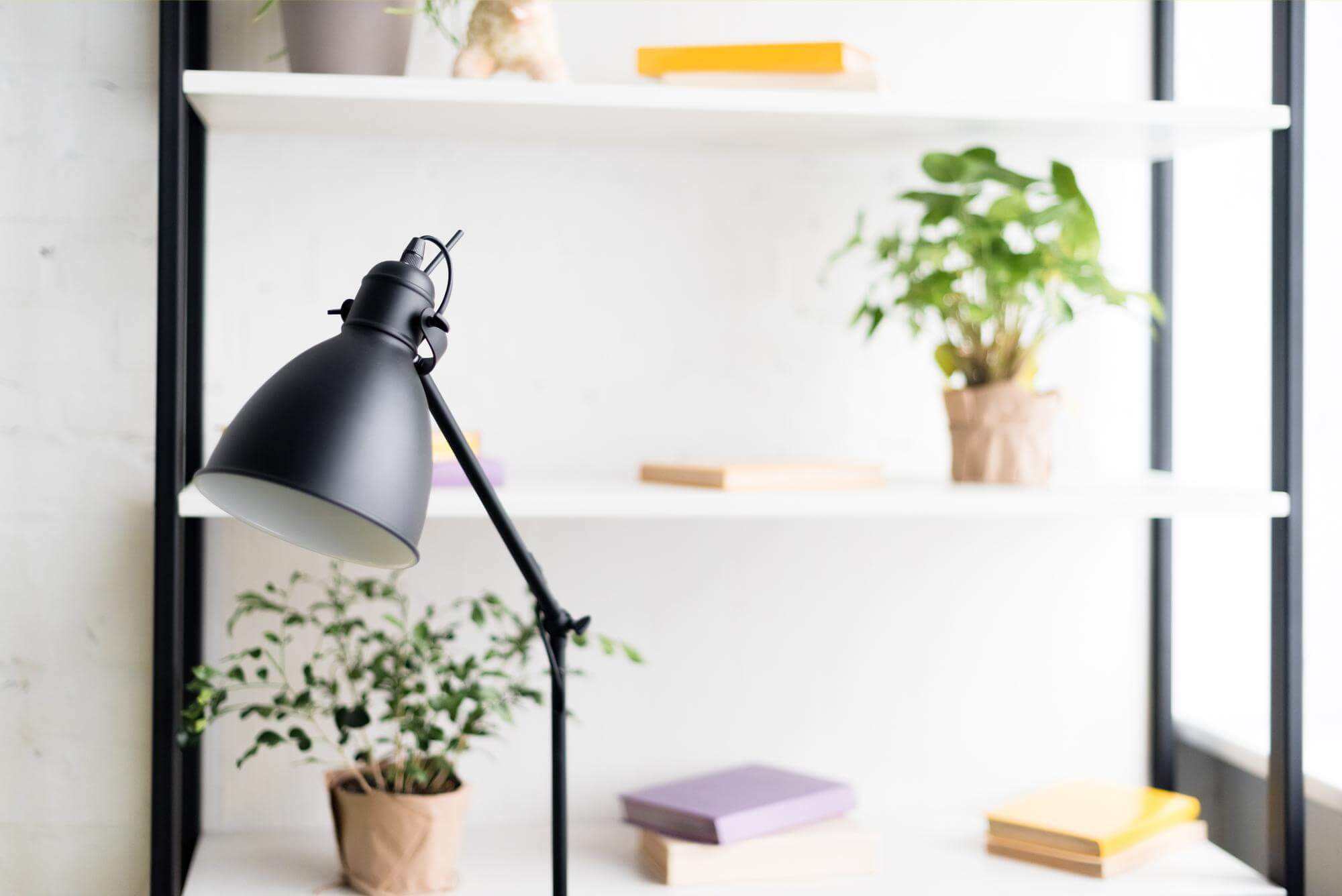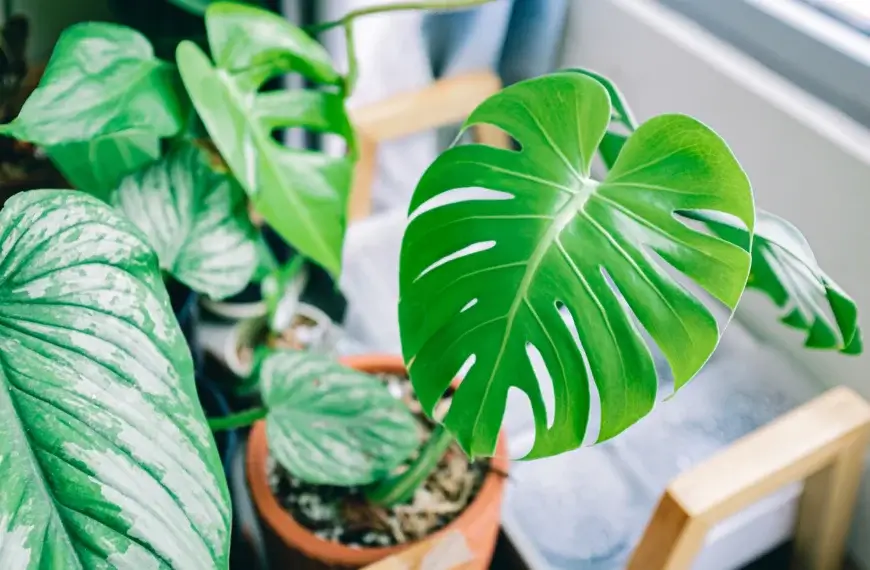Low Light Requirements
To understand and meet the low light requirements of your indoor plants with confidence, refer to this section on ‘Low Light Requirements’ in the article ‘A Guide to Indoor Plant Light Requirements: Low, Medium, and High Light Levels’. This section covers sub-sections such as ‘Understanding Low Light Requirements’, ‘Types of Low Light Plants’, and ‘Best Placement for Low Light Plants’.
Understanding Low Light Requirements
Humans perceive colors differently in low light, posing a challenge for plant growth. To ensure plants survive, the right level of light intensity is vital. Room temperature, humidity, and light exposure duration also affect plant health. Artificial light sources can provide the correct light dosage for indoor plants.
Light requirements differ based on plant type and growth stage. Succulents need more light than ferns or leafy plants. When starting with new houseplants, it is advised to begin with low light until they adjust.
Not all indoor plants need bright sunlight. Some species can do well in moderate-to-low lighting, provided they get enough indirect light daily from nearby windows or skylights.
True Fact: According to Heathcote Botanical Gardens, the optimal light condition for photosynthesis is 400-700 nm in wavelength, referred to as Photosynthetically Active Radiation (PAR).
Even vampires can’t resist these low light plants!
Types of Low Light Plants
Low Light Adaptable Plants – Perfect for Indoors!
Plants that can handle the low light of indoors are a great fit! Here are some of the types:
- Snake Plant
- Pothos
- Peace Lily
- ZZ Plant
- Spider Plant
These plants need minimal sunlight. Plus, they purify the air – bonus!
It’s good to know there are other plants that cope well in lower light. Some need more care, but the reward of a vibrant indoor garden is worth it.
A friend of mine had a collection of low-light plants in her basement apartment. She discovered her love of gardening and shared her knowledge with others. Nature can bring joy and positivity, even in the darkest corners of homes.
So don’t expect these plants to light up the room, but they still deserve love!
Best Placement for Low Light Plants
Low Light Plants require a special habitat to sprout and prosper. Here’s what you need to know for maximum success:
- Opt for North-facing windows or shady areas.
- Shielding them from direct sunlight is a must.
- Keep them away from cold areas and drafts.
- Good air circulation is essential for flourishing growth.
- Choose plants that fit your humidity levels.
Plus, the placement will depend on the plant species. Do some research first before deciding!
According to a NASA research, indoor plants can purify the air we breathe by reducing toxins.
And remember, these plants require some love too – just like your former flame!
Medium Light Requirements
To understand how to care for your indoor plants with medium light requirements, turn to this section in the guide on indoor plant light requirements. Knowing the nuances of medium light requirements is key to keeping your plants healthy. Gain insight into understanding medium light requirements and discover the types of medium light plants that thrive indoors. Finally, learn the optimum placement for medium light plants in your home.
Understanding Medium Light Requirements
Medium light is essential for plants to thrive. It’s not too much, not too little. But understanding the balance can be tricky. Plants use sunlight for photosynthesis, but too much light can be harmful. Different plants need different amounts of medium light, so research is needed.
Experts recommend four hours of medium light every day, but this varies depending on the plant. Position near a window for indirect sunlight, or invest in fluorescent lights. Rotate positions occasionally. This way, plants get uniform levels of light.
With attentive care and knowledge of environmental factors, anyone can have a successful indoor garden. Just the right amount of light is key!
Types of Medium Light Plants
Medium-light plants require moderate light – natural or artificial – to grow healthy and perform photosynthesis. Six types of medium-light plants to consider are Spider Plant, Dracaena, Peace Lily, Pothos, Ficus, and Norfolk Island Pine.
- Spider Plants are great for removing toxins from the air, while Dracaena can add an exotic touch.
- Peace Lilies are easy-to-care-for, and Pothos vines have trailing leaves that can climb up structures.
- Ficus trees are tall and majestic, and Norfolk Island Pines can be used as Christmas tree alternatives. Plus, there are orchids like Phalaenopsis Orchid and Lady Slipper Orchid which can thrive with medium light.
To make sure these plants flourish, keep them near north-facing windows to receive direct sunlight in the morning but not harsh afternoon sun. Consistent watering is important, too – water regularly, but don’t drown them out.
For a flourishing indoor garden, choose one of the adaptable species and take adequate care measures. Give them prime real estate and watch them thrive – Sorry Fido!
Best Placement for Medium Light Plants
Medium Light Plants – Ideal Placement Tips!
Time to get ready for your green thumbs. Here are 6 key tips to help you find the best spot for your medium light plants:
- North-facing window or behind sheer curtains? Yes, please!
- No sunbathing! Direct sunlight can burn the leaves.
- Give your plants some room to breathe. Air circulation is key.
- Keep them warm in winter. Cold drafts can affect growth.
- Artificial lighting? Sure, but don’t overdue it.
- Rotate the plant to get even lighting and avoid leaning.
For each species, think about its needs and choose a place accordingly. Remember, too much light can be bad for medium light plants. Leaf shedding and slow growth could result.
Also, don’t overestimate or underestimate light requirements. Get your facts from horticulturists who know what they’re talking about.
Fun fact: NASA has found that houseplants can purify air quality!
Let’s give our plants a boost with the right amount of light.
High Light Requirements
To better understand the high light requirements of your indoor plants, this section will provide you with an insight into how to cater to their specific needs. With an overview of understanding high light requirements, types of high light plants, and best placement for high light plants, you can ensure that your indoor plants receive the right amount of light they need to thrive.
Understanding High Light Requirements
Plants with high light requirements need more sun than those with lower needs. This is necessary for optimal growth and metabolic activities, like photosynthesis. Variations in light intensity, duration, and wavelength can affect the overall plant development, such as its form and flowering time. To make sure high light plants get the right light, you need to understand the type of light each species needs. Different types of lighting equipment can be used; these include high-pressure sodium lamps, metal halide lamps, fluorescent bulbs, LED lights, and natural sunlight.
For great blooms, you must consider the plant species you’re treating and select the right level of lighting. Generally, plants need at least 6 hours of full sun to produce healthy yields. But the exact amount depends on the species. Some need more than 12 hrs of full sunlight, while others need less than 6 hours. Sometimes natural sunlight isn’t enough.
Growers may need to supplement natural day-night cycles with artificial lighting like LEDs, especially when growing indoors. This is because seasonality can significantly reduce available sunshine.
An old farmer told his apprentice about how low hanging branches could stop tree limbs from growing to great heights. He suggested using pruning techniques to clear out the branches, so that no limits block the sun’s rays and prevent productive potential. Invest in the right light to get diva-like results!
Types of High Light Plants
High light plants need more light than others to grow. They do well in bright settings such as full sunlight or indoor lighting. Succulents are ideal for direct sunlight and require lots of it. Tropical plants need bright, indirect lighting to grow and thrive. Fruits like tomatoes, peppers, and strawberries need exposure to a lot of natural or artificial sunlight. Most plants prefer diffused or filtered light, especially during summer.
Like these high light plants, Cuccio Color Veneer Nail Polish also needs bright conditions. It created “The Power of Light” – Color Veneer LED/UV Gel Polish that sets in just 60 seconds, making it great for busy people. So, don’t forget to put these high light plants in the sunniest window!
Best Placement for High Light Plants
Highlight plants need just the right spot to grow best. South-facing windows and outdoor places are great! Six hours of direct sunlight daily is a must!
If outdoors, the plant needs to be kept safe from extreme heat or cold. Close to reflective surfaces like white walls or mirrors will increase light.
But don’t give them too much sun – it can burn their leaves and dry out their soil. To avoid this, install sheer curtains or shade systems.
Surprise! Some high light plants release oxygen at night – like the Snake plant (Sansevieria). This can improve air quality while you sleep!
Frequently Asked Questions
Q: What is a low light plant?
A: A low light plant is a plant that thrives in conditions with little to no direct sunlight, such as a north-facing window or a room with low levels of ambient light.
Q: Can I put a medium light plant in a low light area?
A: It is not recommended to put a medium light plant in a low light area as it may not receive enough light to thrive and may become leggy or lackluster in appearance.
Q: What is a high light plant?
A: A high light plant is a plant that requires several hours of direct sunlight per day, such as a south-facing window or a room with bright, intense light.
Q: How can I tell if my plant is getting enough light?
A: If a plant is getting enough light, it will have healthy, vibrant foliage and will grow at a steady rate. If a plant is not getting enough light, its leaves may yellow or drop off, and it may become leggy or stunted in growth.
Q: Can I use artificial light for my indoor plants?
A: Yes, you can use artificial light for your indoor plants. LED grow lights are a popular choice as they provide the full spectrum of light that plants need and can be adjusted to accommodate different light requirements.
Q: How often should I water my low, medium, and high light plants?
A: The watering requirements of a plant depend on a variety of factors, such as the type of plant, the size of the pot, and the environmental conditions. In general, it is best to allow the soil to dry out slightly before watering and to avoid over-watering as this can lead to root rot.




